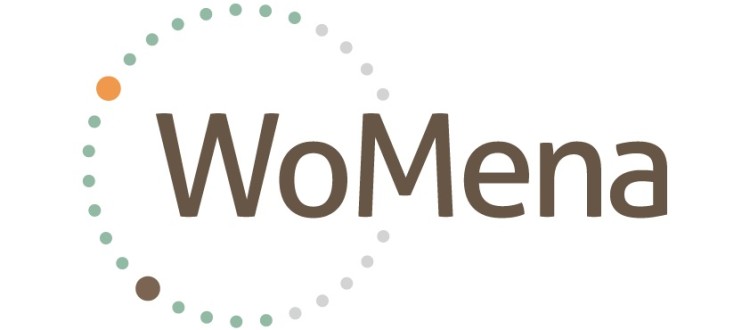Global Research Update #28
Nalugya et al., 2020: Assessing the effectiveness of a comprehensive menstrual health intervention program in Ugandan schools (MENISCUS): process evaluation of a pilot intervention study. A process evaluation employed both quantitative and qualitative methods was conducted to examine the implementation of MENISCUS, context, and possible causal pathway. The intervention included five menstrual health and hygiene (MHH) components delivered by the research team and WoMena Uganda amongst 369 female and male students in two secondary day schools in Entebbe Municipality in Wakiso District, Uganda over three terms (Oct 2017-Aug 2018). The MENISCUS MHH intervention elements were as follows (1) puberty education, (2) drama skit, (3) menstrual management kit (including reusable pads) and training, (4) pain management (including provision of analgesics), and (5) improvements to school water, sanitation and hygiene (WASH) facilities. Results: Both schools received all intervention elements that were delivered by the research team and WoMena including the drama skit, menstrual kit, and pain management. Intervention components that relied on school ownership (puberty education training and WASH improvements) were not fully delivered; although only one of the 3 expected training sessions was delivered to students in each school, teachers reported making adaptations to the duration and content and most (81%) of girls reported improvements in WASH facilities. 89% of girls and boys attended the MHH training session and 92% of girls attended the session (on MHH products) and received a MHH kit. 83% of girls reported using reusable pads during their last menstrual period; some girls with longer periods reported that they could not afford to supplement the reusable pads with disposable ones. Although there was an increase of 28% usage in painkillers, girls reported increased usage of other pain relief methods such as stretching, exercise, and a hot water bottle, introduced to them in the MHH training for managing menstrual pain. Multilevel contextual factors including schools’ social and physical environment, as well as family, cultural, and social factors influenced the acceptability of the intervention. Overall, the MENISCUS MHH intervention was feasible to deliver and acceptable to the students and the schools.
Smith et al., 2020: National Monitoring for Menstrual Health and Hygiene: Is the Type of Menstrual Material Used Indicative of Needs Across 10 Countries?. Secondary analyses of existing publicly available data of Performance Monitoring and Accountability (PMA) surveys from 12 settings (7 national- and 5 city/state-level) in 10 countries were undertaken to investigate the performance of menstrual pad use as an indicator of whether menstrual product needs are met at the population level. Results: Menstrual product use is not an indicator of menstrual product need and relying on menstrual pad use as an indicator of met menstrual product needs misrepresents the experiences of low-income, less educated, and rural pad users. The authors recommend developing accurate indicators of menstrual health at the population level that are reflective of menstruators’ experiences and an agreed-upon definition of menstrual health.
Sommer et al., 2020: Improving the impact of menstrual health innovations in low- and middle-income countries: a theory of change and measurement framework. This paper highlights the importance of utilising both Theory of Change (TOC) and Monitoring and Evaluation Frameworks to develop more scalable solutions for menstrual hygiene management (MHM) at the global level. This paper recommends (1) Development of a more holistic TOC that encompasses the entirety of the MHM definition and tackles other aspects such as WASH interventions and (2) Need for evaluating and enhancing the robustness of MHM indicators.
Do you want these monthly global research updates sent to your email? Send an email to WoMena at info@womena.dk

